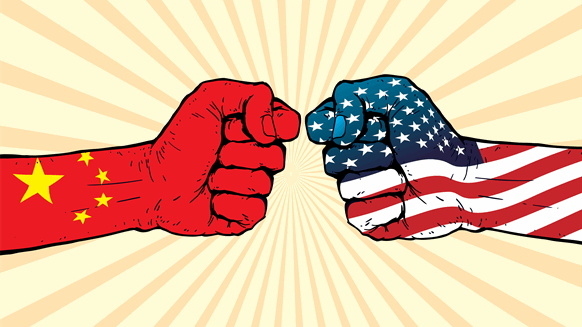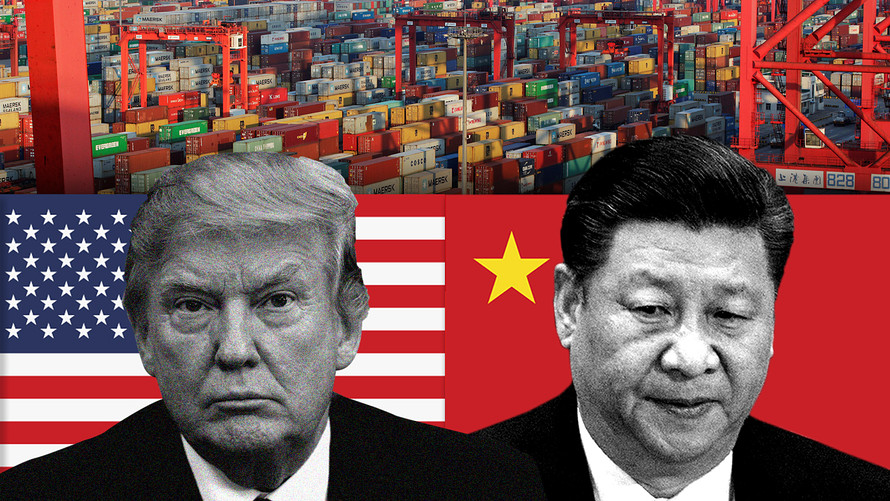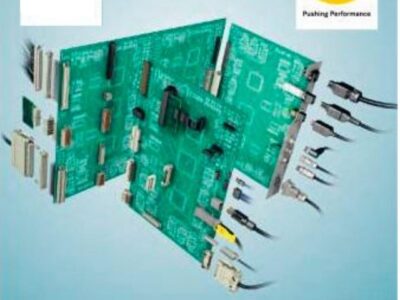Impact on Electronics Supply Chain

U.S.-China trade war heats up, industrial electronics buyers and their suppliers are attempting to work through the web of confusion that’s been spun up since the first round of tariffs were imposed on China in mid-2018.
There appears to be no end in sight to the standoff. Most recently, China’s government released a white paper stating that while it’s willing to work with the U.S. to end an escalating trade war, the trade actions have done serious harm to the U.S. economy by increasing production costs, causing price hikes, damaging growth and people’s livelihoods, and creating barriers to U.S. exports to China, Bloomberg reports.
In the meantime, the world’s electronics supply chains are starting to show some wear and tear from the ongoing trade war between the two countries. A recent New York Times article highlighted some of the strain being felt by electronics manufacturer ControlTek. The Portland-based company is having to take steps to protect itself—“a strategic shift that has been repeated in boardrooms and executive suites around the world in recent weeks,” the New York Times reports.
Camara sources 70% of his components from a U.S. supplier, Yahoo! Finance reports, but when the Trump administration implemented a 10% tariff on $200 billion in Chinese goods last fall, Camara’s costs jumped. “Everything from resistors to the diodes he imported were all taxed, resulting in a $200,000 bill for the small business so far,” the publication reports.
A Turning Point?
In “How the U.S.-China Trade War Reached a Turning Point,” Edna Curran highlights how both investors and executives alike feel that the trade war has hurt business confidence and upended supply chains. “Apple, Starbucks, Volkswagen, and FedEx are among companies that cited a slowing Chinese economy in their outlooks,” she writes.
“More than 400 publicly traded Chinese companies warned on their earnings,” Curran continues. “The IMF, cutting its forecast for the world economy for the third time in six months due in part to trade tensions, said in April that global growth would be 3.3 percent in 2019, which would be the weakest since 2009.”
What’s Next?
On June 1st, the U.S. began collecting higher, 25% tariffs on many Chinese goods arriving at its seaports “in an intensification of the trade war between the world’s two largest economies and drawing retaliation from Beijing,” Reuters reports. The tariff increase affects a broad range of consumer goods, and intermediate components from China including Internet modems and routers, printed circuit boards, furniture, vacuum cleaners, and lighting products.
“The U.S. business community supports Trump’s efforts to rein in intellectual property theft and open up China’s market,” Reuters reports. “But companies generally oppose tariffs, which they say raise costs and hurt demand.” For example, it says that global automakers, which also face separate U.S. tariffs on steel and aluminum, have been hit hard.
“Carmakers such as Volkswagen (VLKAF), General Motors (GM), and BMW (BMWYY) have come to depend on China for a huge chunk of sales,” Reuters notes, “and they’ve been hurt by tariffs and an economic slowdown in China.”









